Christine Anagnos is the new executive director of the Association of Art Museum Directors, promoted from the deputy slot to the head.
Kaywin Feldman, AAMD’s president and director of the Minneapolis Institite of Arts, made the announcement in her April President’s Message.
Here’s what she said:
Hired in 1995, Christine has worked in various capacities for the Association of Art Museum Directors, which is the primary professional organization for 200 of North America’s leading art museum directors. Since 2002, she has served as the Deputy Director and chief administrator, responsible for overseeing and implementing the organization’s budget, finances, operations, and programs, including its annual surveys of museum salaries and statistics which serve as the industry’s standard for benchmarking data. Prior to working for AAMD, Christine ran an adventure travel company specializing in travel to Ecuador, Peru, and the Galapagos Islands. Christine majored in Psychology at Northeastern University in Boston, MA. She lives in New York with her husband and 6-year-old son.
This means, I believe, that whichever director occupies the president’s job will be the spokesperson for the group — not the executive director.
You’ll recall that Janet Landay left this job in February, though it that escaped notice until early March. She hadn’t been there long, just two years, and I understand that there was both disappointment about her handling of the job and some personality differences with Feldman.
Landay had worked in museums, and presumably expected to speak for the group sometimes — as Mimi Gaudieri, her predecessor had. But there was some “who’s on first” aspect to the AAMD in the last few years. In recent years, AAMD became less open to outsiders like the press, and less of the go-to place for comment on general museum issues — partly because what was said was either party-line predictable or too little, too late.
Agnagnos, I am hoping, will be more open to sharing information with the press, for one thing.
One director I spoke with, however, says the AAMD board is following the strategic plan it adopted a while ago, and there’ll be no noticeable deviations from that.

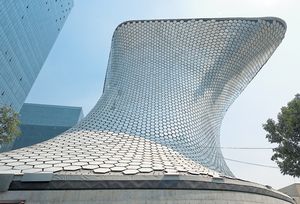 Now those comments are starting to come in. And they are bad. I recently spoke with two people who made the trek to Mexico City, and both were negative about both the building and the collection.
Now those comments are starting to come in. And they are bad. I recently spoke with two people who made the trek to Mexico City, and both were negative about both the building and the collection.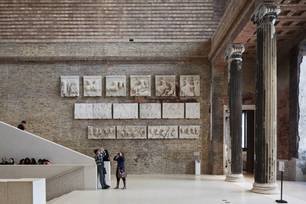 I am not along in thinking that some of their buildings are overrated
I am not along in thinking that some of their buildings are overrated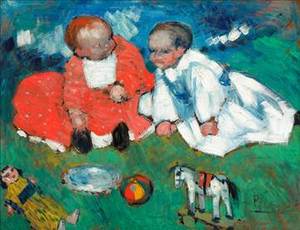
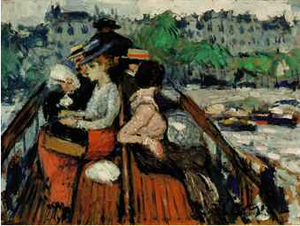
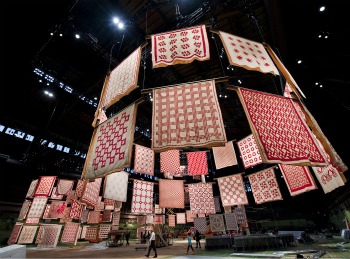 So the Park Avenue Armory has something to brag about, and it did (in a press release).
So the Park Avenue Armory has something to brag about, and it did (in a press release).